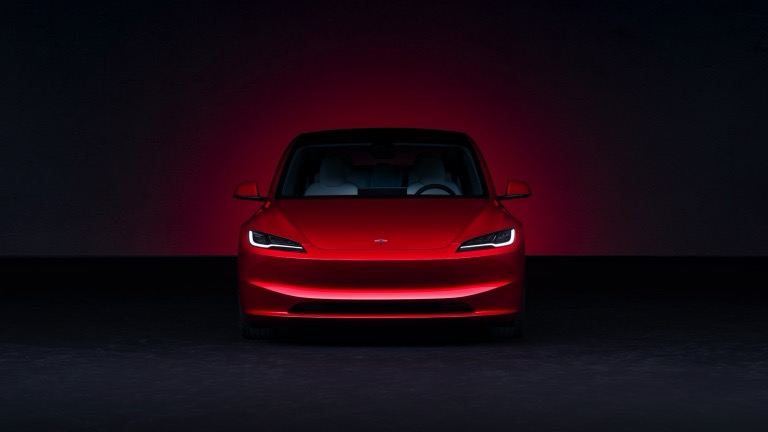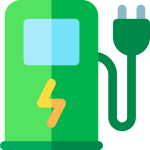
Australia’s electric-vehicle market continued to accelerate through 2025, and August’s registration figures underline a shifting competitive landscape. While final national tallies for late September were not yet available, August 2025 data made clear that Tesla’s Model Y remained the single best-selling EV model in Australia – recording more than 2,300 deliveries. At the same time, BYD surpassed Tesla on brand sales for the month, highlighting a broader re‑ordering of market dynamics.
August 2025 snapshot
- Top-selling individual model (August 2025): Tesla Model Y – more than 2,300 deliveries.
- Leading challenger in mid‑size electric SUV segment: BYD Sealion 7 – 1,413 sales in August.
- Brand sales (August 2025): BYD led all EV brands with 3,064 units, ahead of Tesla at 2,927.
What these numbers mean for Australia’s EV market
August’s results reflect two concurrent trends. First, Tesla’s Model Y continues to benefit from established brand recognition, a mature software and charging ecosystem and sustained consumer demand for a large, high-performing mid‑size SUV. Its status as the top individual model shows that, despite intensifying competition, Tesla retains considerable appeal among Australian buyers.
Second, BYD’s month‑leading brand performance-and the strong sales of models such as the Sealion 7 and the more affordable Dolphin-underscore the growing influence of Chinese manufacturers. August marked the first time four Chinese brands entered the top 10 national sales list in Australia, signalling that mainland Chinese EV makers are no longer peripheral players but central competitors across price tiers.
Why Chinese brands are gaining traction
Several factors are driving Chinese EV growth in Australia:
- Value proposition: Models like the BYD Dolphin and the Kia EV3 (positioned in the budget segment) lower the entry‑price barrier, helping first‑time EV buyers make the switch.
- Mid‑tier offerings: Vehicles such as the BYD Seal and Kia EV5 aim to balance cost, technology and range, appealing to buyers who want more features without premium pricing.
- Supply and variety: Increased local availability of a broader model range gives dealers and buyers more choice, reducing wait times that previously favoured legacy manufacturers.
How competition is reshaping the mid‑size SUV segment
The Tesla Model Y’s market dominance has invited direct challenge from newer mid‑size EVs. The BYD Sealion 7’s performance in August – 1,413 sales – indicates it is a credible rival, particularly for buyers weighing range, equipment and pricing. For consumers, this competition translates into more attractive incentives, improved value packages and faster product refresh cycles as manufacturers fight for market share.
Implications for buyers and industry
- Price sensitivity: As more budget and mid‑tier EVs arrive, price-sensitive buyers gain leverage. This can accelerate mainstream adoption across suburban and regional Australia.
- After‑sales and service: As Chinese brands expand sales, the strength of dealer networks and after‑sales support will be critical to sustaining consumer confidence.
- Charging infrastructure: Increased EV uptake intensifies demand on public fast‑charging networks and local grid capacity, pushing public and private operators to expand coverage and reliability.
- Residual values and fleet uptake: Greater model diversity will influence second‑hand EV values and fleet procurement strategies, with fleet operators likely attracted to competitive total-cost-of‑ownership propositions.
What to watch next
- Monthly brand and model tallies: Whether BYD’s brand lead persists will depend on supply continuity, dealer capacity and consumer perceptions of long‑term reliability.
- New model launches: Incoming models and updates from legacy and Chinese brands could further alter rankings as they reach Australian showrooms.
- Infrastructure rollout: The pace of public charging expansion and upgrades to local distribution networks will be decisive for regional adoption.
- Policy and incentives: Federal and state policy settings, particularly around fleet purchasing, concessional registration or infrastructure funding, will continue to shape demand.
Conclusion
August 2025’s figures illustrate a maturing Australian EV market where established names like Tesla remain influential at the model level even as Chinese brands rapidly consolidate share at the brand level. For buyers, competition is improving choice and value across price points. For industry stakeholders, the immediate priorities are securing reliable supply, strengthening dealer and service networks, and accelerating charging infrastructure to keep pace with consumer uptake. The evolving landscape will reward manufacturers who combine attractive pricing with robust local support and clear long‑term value.
FAQs
Is the Tesla Model Y still the best‑selling EV in Australia?
Yes. In August 2025 the Tesla Model Y was the top‑selling individual EV model in Australia, recording more than 2,300 deliveries for the month.
Has BYD overtaken Tesla in Australia?
In August 2025 BYD out‑sold Tesla on a brand basis-BYD recorded 3,064 units versus Tesla’s 2,927 for that month. That reflects strong momentum for BYD but does not necessarily indicate a permanent market‑wide shift.
What is the BYD Sealion 7 and how does it compare to the Model Y?
The BYD Sealion 7 is a mid‑size electric SUV that gained traction in August 2025 with 1,413 sales. It represents a credible challenger to the Model Y by offering competitive features and pricing in the mid‑tier segment. Buyers should compare range, equipment, warranty and after‑sales support when choosing between models.
Are Chinese EVs reliable and supported in Australia?
Chinese brands have significantly improved product quality and support offerings. Reliability perceptions are improving as dealers expand service networks, but prospective buyers should evaluate warranty terms, local service coverage and parts availability for specific models.
Should I buy an EV now or wait for newer models?
If an EV meets your range, charging and budget needs today, buying now can make sense-particularly with increased choice and competitive prices. If you’re seeking the latest tech or a model arriving imminently, or if you want to wait for further infrastructure improvements in your area, delaying may be reasonable. Assess your personal driving patterns, local charging availability and expected incentives.
About EV Evolution
EV Evolution is the leading online platform dedicated to Australian electric vehicle owners and enthusiasts. We foster a vibrant community, delivering essential EV news and insights, and enhancing user engagement through our innovative, AI-powered chatbot for dynamic discussions. Our mission is to empower Australian electric vehicle owners and enthusiasts by fostering a vibrant, AI-driven online community that connects, informs, and advances the nation’s electric vehicle landscape.




